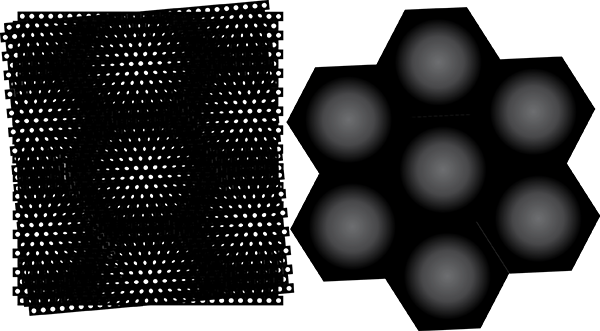You might have noticed the logo on the sidebar for FtB’s Carnival of Curiosity, a fundraising event. (Some ad blockers may remove it.) This is a livestream event to occur next weekend, from September 25-27. FtB has been in debt for a while now because we owe legal fees for fighting off a SLAPP lawsuit–successfully, I might add. Please consider contributing to keep this network running!
Unfortunately, I don’t have the time to participate in the fundraiser, but I will make a contribution of my own.


